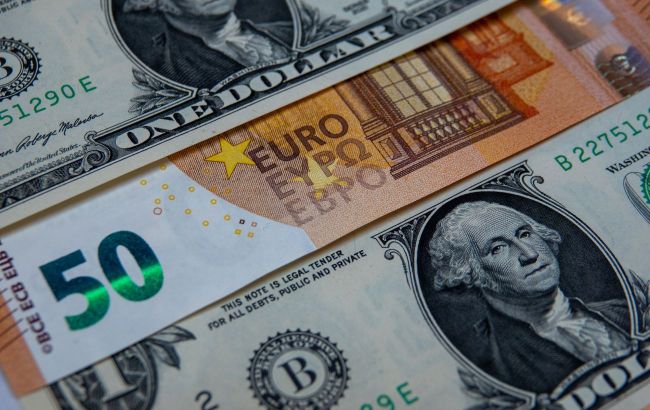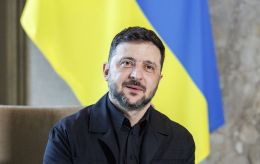EU weighs new mechanism to channel frozen Russian assets to Ukraine
 Photo: EU proposed another way to transfer Russian assets to Ukraine (Getty Images)
Photo: EU proposed another way to transfer Russian assets to Ukraine (Getty Images)
The European Union is considering a new mechanism for using frozen Russian assets to support Ukraine, according to the Financial Times.
According to the media outlet, it concerns funds that, after the redemption of securities, have been converted into cash balances in the accounts of the Belgian depository Euroclear. It is proposed to direct this money to the purchase of European zero-interest bonds, and then to transfer to Ukraine the received capital in tranches.
It is noted that out of 194 billion euros of Russian assets in Euroclear, about 170 billion euros have already moved into the status of cash balances.
Additionally, the possibility of creating a separate instrument for managing the financing scheme is being explored, which would enable countries outside the EU to join the initiative.
Russian assets
Discussions around the arrest of the assets of the Russian Central Bank have been ongoing since about 260 billion euros were frozen in various jurisdictions after Moscow’s full-scale invasion of Ukraine in February 2022; however, the legal and financial risks of confiscation have always prevailed.
The European Commission is considering the issue of how to obtain more benefit from approximately 191 billion euros in assets of the Russian central bank stuck in Euroclear due to Western sanctions.
Euroclear reinvests the cash received from the redemption of Russian assets, such as coupon payments and redemptions, mainly through central banks. The G7 uses the profit to secure a loan to Kyiv in the amount of 50 billion dollars.
Last year, Euroclear paid Ukraine 4 billion euros, and this year it paid 1.8 billion euros.
Profit from the assets is decreasing against the backdrop of the European Central Bank lowering the interest rate. This has prompted the European Commission to propose reallocating the cash to more risky classes of assets which can generate higher yield, but also carry a greater risk of loss.
EU plans to increase these amounts may include the creation of a “special purpose vehicle” into which the assets of the Russian Central Bank will be transferred. This SPV will be able to direct the funds received from these assets into more risky investments.
According to Bloomberg, Germany has softened its cautious position and advocates the use of frozen funds to help Ukraine.

